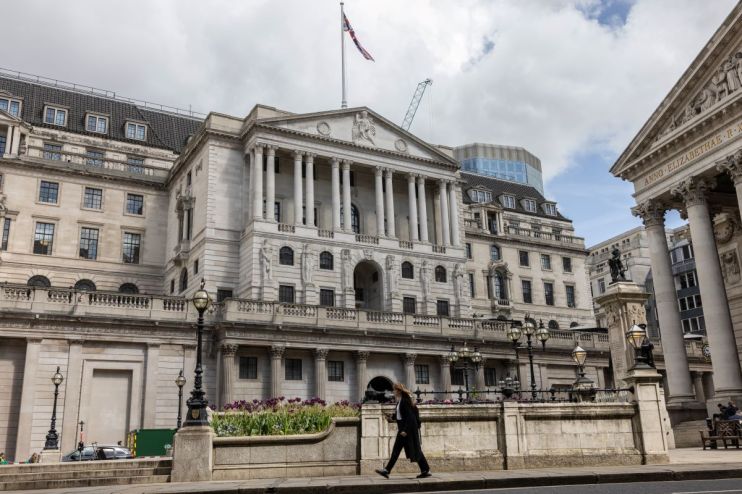Why December’s inflation surprise is not a moment to panic

Inflation rose unexpectedly in December, climbing to four per cent on the back of higher alcohol and tobacco prices.
The figures come amid a heated debate about when the Bank of England will start cutting interest rates.
How worrying are December’s figures for the Bank? And what does it mean for when interest rates will start being cut?
We have assembled some experts to decipher this morning’s figures, and explain whether it’s all doom-and-gloom, or if there has been a slight over-reaction.
Yael Selfin, chief economist at KPMG UK, warned the slight rise in inflation shouldn’t be a cause for concern just yet.
“The expected fall in the energy price cap in April could see inflation returning to target by spring. Nevertheless, disruptions in the Red Sea impacting supply chains could cause further increases in goods prices adding uncertainty to the economic outlook.”
She added that the “overall improvement in the outlook for inflation, coupled with the slowdown in the domestic economy, will likely put the Bank of England in a position to begin cutting interest rates from the second half of the year, potentially lowering rates by 100 basis points in 2024.”
So, panic 0 – 1 don’t panic.
Meanwhile, Ruth Gregory, deputy UK economist at Capital Economics, said the rise in inflation may have been “disappointing”, but “we still expect favourable base effects and a fall in utility prices to drag CPI inflation below the 2.0 per cent target by April, leaving the Bank of England in a position to cut interest rates by June.”
Panic 0 – 2 don’t panic.
What about Suren Thiru, economics director at ICAEW? He said the rise is a “timely reminder that the struggle against soaring inflation is not yet over, particularly given stubbornly high core and services inflation.”
Even with the possibility of price rises going up again this month after Ofgem increases its energy price cap, he said “it should fall at a decent pace thereafter, aided by the expected drop in energy bills from April and lower food inflation.”
Panic 0 – 3 don’t panic.
Just in case you needed to abate your concerns any further, Roger Barker, director of policy at the Institute of Directors, explained that “inflation in the economy is still broadly moving in the right direction.”
“We still believe that the Bank of England should consider a cut to interest rates sooner rather than later in order to provide a boost to depressed levels of business confidence.”
Panic 0 – 4 don’t panic.
But we’re not done yet. Carsten Jung, senior economist at IPPR added that “even though inflation inched up slightly, it is coming down more quickly than many predicted just a month ago.”
“We have long been arguing that there was too little focus on this and too much attention on wage earners. As a result, the Bank of England tightened the screws too much.”
Panic 0 – 5 don’t panic.
And last but not least, Paula Bejarano Carbo, associate economist at NIESR, reinforces the mantra of ‘everything is OK.’.
“Given that the largest contributors to movements in the annual rate of CPI inflation were highly volatile items (alcohol and food), it is likely that this slight rise is more reflective of ‘noise’ rather than a genuine signal of a change in the declining trend of inflation.”
Panic 0 – 6 don’t panic.
Today’s rise in inflation may be a blip for the UK economy, but it’s important not to overstate its importance.
It was a relatively modest increase in price rises, driven by some volatile items.
Although it is a good counterweight to the complacency which had been growing in the market, it does not require any significant change in the direction of policy from the Bank of England.
The Bank will stay the course for a bit longer, before starting to lower rates in the summer.